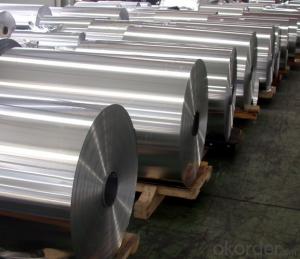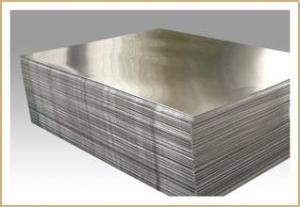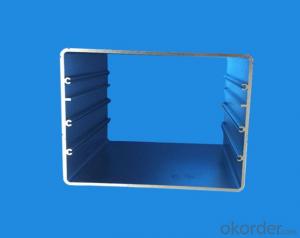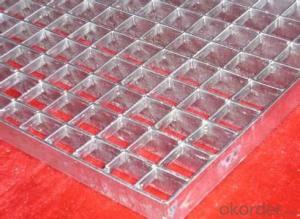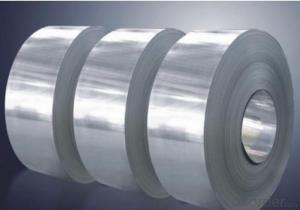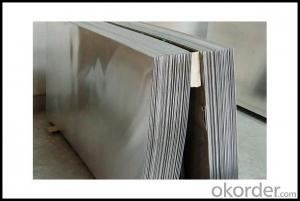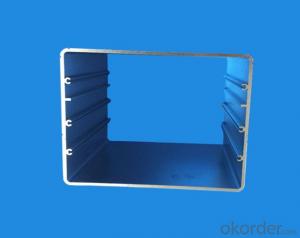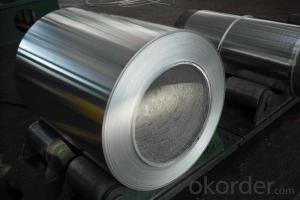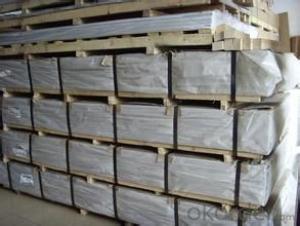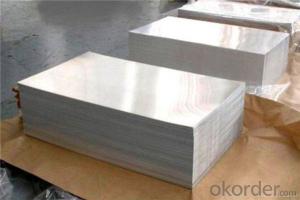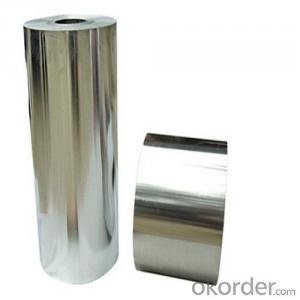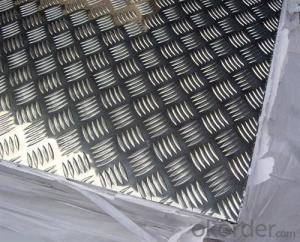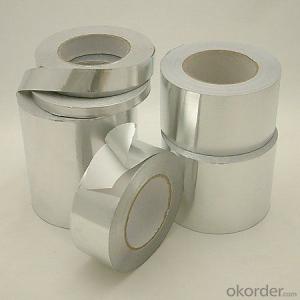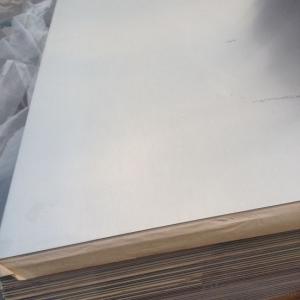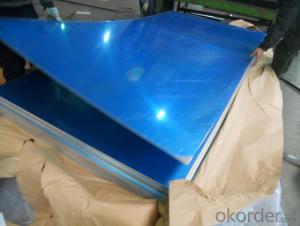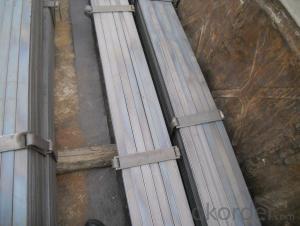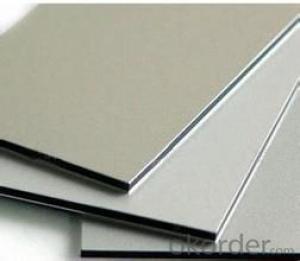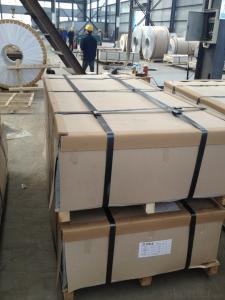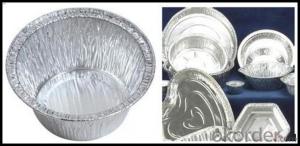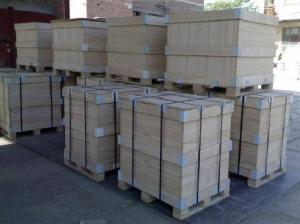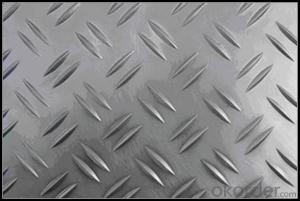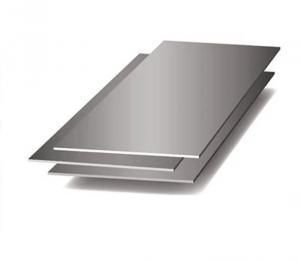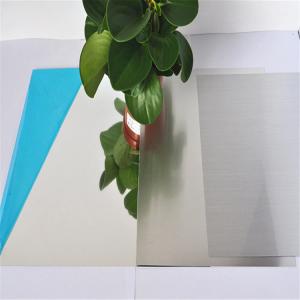1/8 In Aluminum Plate
1/8 In Aluminum Plate Related Searches
1/8 Aluminum Plate 1/8 Inch Aluminum Plate Aluminum Plate 1/8 Aluminum 1/8 Plate 1/8 Thick Aluminum Plate 1/8 Inch Thick Aluminum Plate Aluminum Plate 1/8 Thick 1/4 In Aluminum Plate 1/2 In Aluminum Plate 3/8 In Aluminum Plate 1 8 In Aluminum Plate 1/8 Diamond Plate Aluminum 1/8 Aluminum Diamond Plate 1/8 Inch Aluminum Diamond Plate 1/8 Inch Diamond Plate Aluminum Bending 1/8 Aluminum Plate 1/8 Aluminum Plate Near Me 1/8 Aluminum Checker Plate 1 8 Inch Aluminum Plate 12 X 12 X 1/8 Aluminum Plate 1/4in Aluminum Plate 1 8 Aluminum Plate 1/4 Inch Aluminum Plate 1/8 Black Aluminum Diamond Plate 1/4 Aluminum Plate 1/2 Inch Aluminum Plate 3/8 Inch Aluminum Plate 1/16 Aluminum Plate 1/2 Aluminum Plate Aluminum 1/2 Plate1/8 In Aluminum Plate Supplier & Manufacturer from China
1/8 In Aluminum Plate is a type of aluminum sheeting that is widely used in various industries due to its durability, lightweight properties, and corrosion resistance. This product is known for its versatility, making it suitable for a range of applications, including construction, automotive, aerospace, and more. The 1/8 In Aluminum Plate's thickness allows for a balance between strength and flexibility, making it ideal for a variety of projects.The 1/8 In Aluminum Plate is utilized in numerous applications, such as in the manufacturing of aircraft components, automotive parts, and architectural structures. Its lightweight nature and high strength-to-weight ratio make it a popular choice for industries where weight is a critical factor. Additionally, this aluminum plate can be easily machined, cut, and formed into various shapes and sizes, making it a versatile material for a wide range of usage scenarios.
Okorder.com is a reputable wholesale supplier of 1/8 In Aluminum Plate, offering a vast inventory to cater to the needs of various industries. With a commitment to quality and customer satisfaction, Okorder.com ensures that the 1/8 In Aluminum Plate they provide meets the highest standards. Their extensive inventory allows customers to access the material they need in a timely and cost-effective manner, making Okorder.com a reliable choice for sourcing this essential product.
Hot Products

